
Sipping tour through Scotland - Islands
| 10-04-2017 | By Whisky of the Week |
Last night we went to sleep on an island in the North Sea with only the noise of the storms and wind around us. Tonight we are in bustling Glasgow again filled with cars and people. We are getting ready to visit more Islands tomorrow.
It is a new week and we continue our adventure exploring the Scottish whisky regions. This morning I take the long way to the Isle of Arran. I travel past the Clyde Muirshiel Regional Park, an area of countryside set aside for conservation and recreation on the South Clyde estuary in Scotland.
After a quick stop at the estuary, we the cross the Firth of Clyde by ferry. The Firth of Clyde encloses the largest and deepest coastal waters in the British Isles, sheltered from the Atlantic by the Kintyre peninsula. The Kilbrannan Sound is a large arm of the Firth of Clyde, separating the Kintyre Peninsula from the Isle of Arran. As we travel through Scotland, the names of places have a charm of their own, conjuring up images of long lost cultures, druids, Knights of the Round Table, maidens in whimsical dresses, sword fights and long lost love.
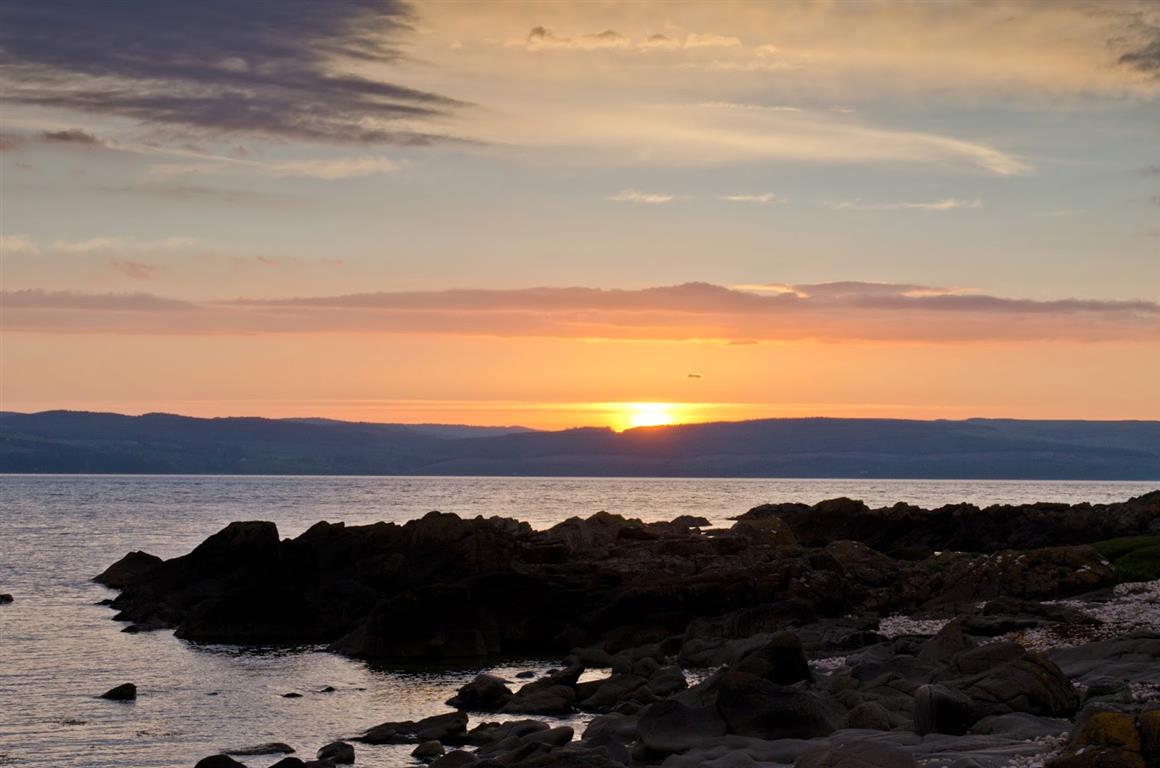
Kilbrannan Sound, image credit: mountainandseascotland.com
During the ferry crossing, I contemplate the different characteristics of Island whisky. Island whisky is a general term for single malt whiskies produced on the islands around the perimeter of the Scottish mainland. There are nearly 800 islands scattered off Scotland’s coastline, of which only a few are inhabited, and fewer still have a distillery. Officially, Island distilleries fall under the Highland region as a subdivision. The Islands is a diverse whisky region.
The proximity to the sea often gives the drams a slightly salty, sometimes smoky feel. Balance is a recurring theme; sweetness and spice in harmony. A wide-ranging assortment of whiskies is to be found on the Islands. The Isle of Jura has a malty, salty, oily nature with gentle peat. The Isle of Skye is exposed to the elements and its only distillery, Talisker, uses peated malt and producing smoky, peppery drams, similar to whiskies from Islay’s southern coast. The Island’s peatiness is generally softer and sweeter than the stronger drams from Islay.
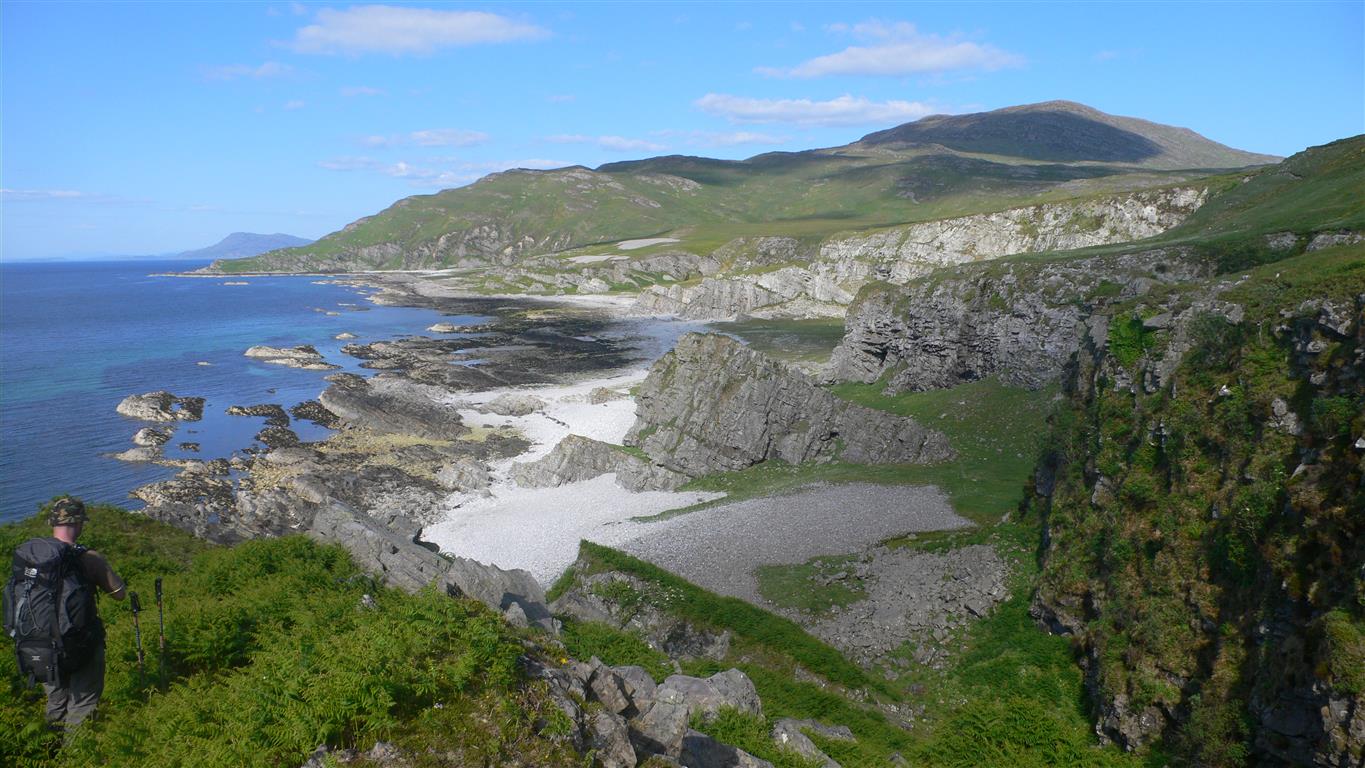
Isle of Jura, image credit: wildwalksjura.com
The Isle of Mull produces soft whisky with fruity, menthol freshness and plenty of sweetness at Tobermory. Orkney, where we were last week, often has a salty character. Arran is a newcomer to the scene, and its sole distillery produces whiskies with plenty of barley sweetness, no peat and a fruity character.
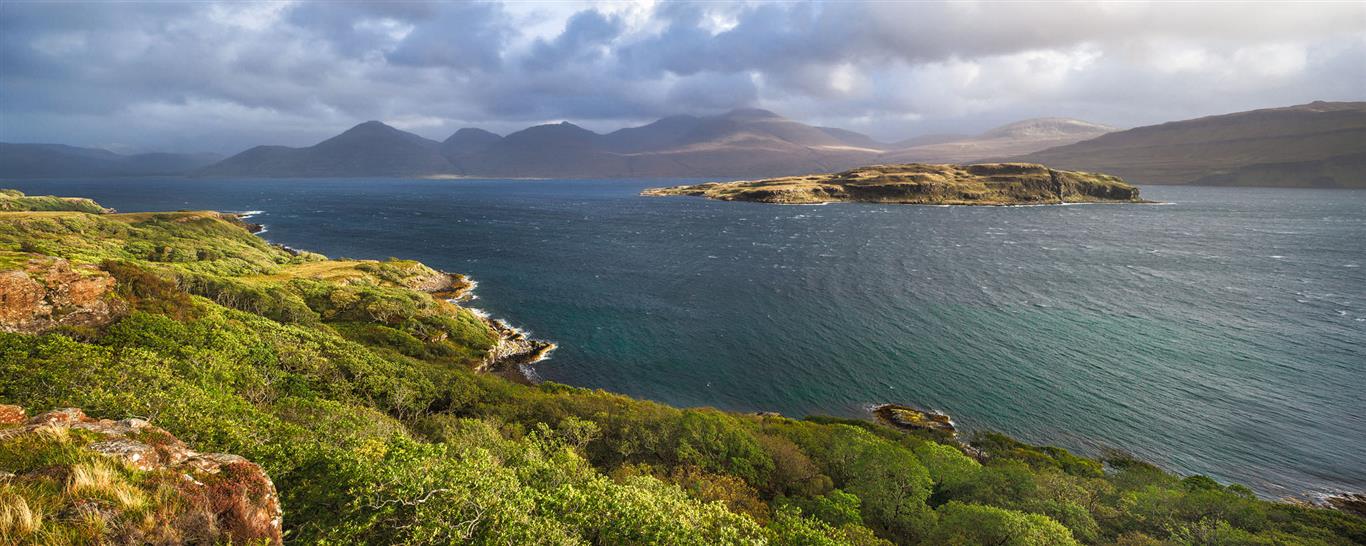
Isle of Mull, image credit: irelandscotlandluxurytours.com
The Isle of Arran has a bit of everything: mountains, forests, beaches and glens, great food, creamy cheese, beer and whisky. You can cycle round the island in a day. You have a chance to see seal colonies, otters, eagles, basking sharks, porpoises, and over 100 species of birds. You can explore the Bronze Age remnants of the six Machrie Moor Stone Circles on the west coast of the island, near Blackwaterfoot.
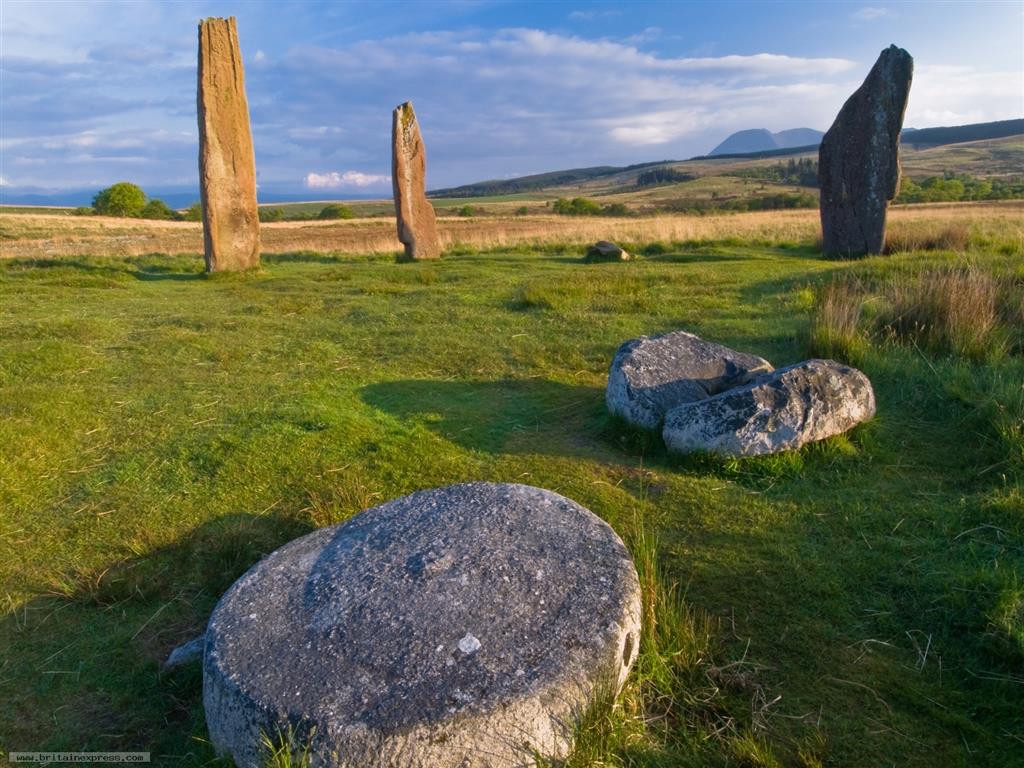
Machrie Moor Stone Circles, image credit: britainexpress.com
You can't miss Goat Fell as you approach on the ferry, with a climb of 2 800 feet, it’s Arran’s biggest mountain, and one of the most popular walks, with spectacular views from the top. Viking invaders, the Celts, the English, and the Stewart and MacDonald Clans inhabited Arran. There is a rich heritage of feuds, battles and complex politics.
There used to be many distilleries on Arran, most of them, illegal. Now there is only one. Arran Distillers was founded in 1994 by by Harold Currie, former director of Chivas and opened in 1995.
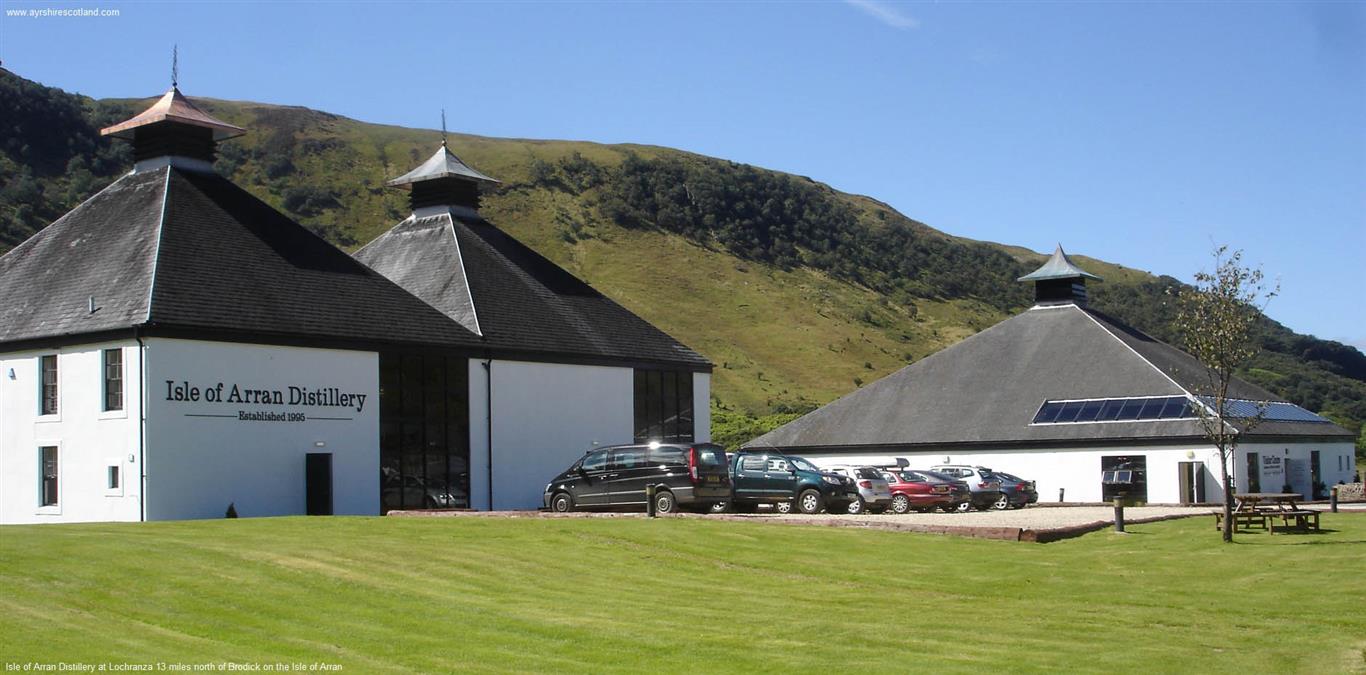
Isle of Arran Distillery, image credit: ayrshirescotland.com
Plans to build a second Distillery in Lagg at the south end of the island have been approved and building work commenced during October 2016. This yet unnamed distillery is due to open in 2018 and over looks the cliffs on the south of the island. The distillery at Lagg will be producing heavily peated whisky.
Arran uses mainly two types of barley, Optic and Oxbridge. The water is from Loch na Davie.
The Arran core range includes a 10 year old, 14 year old and an 18 year old. There are also special single cask editions, with interesting finishes, including Madeira, Port, Cognac and Sauternes finish.
The best way to appreciate the magical process of making whisky is to visit a distillery; to walk the way of the whisky, to smell the “angels share” and to touch the wood for the casks. And on the Isle of Arran, it is a wonderful experience.
The Arran distillery is a patron of the World Burns Federation and has created a Robert Burns Single Malt and Robert Burns Blended Whisky in honour of Scotland's National Poet. On this tour we taste the Robert Burns Single Malt. Made to celebrate the famed Scottish poet, this bottling is officially endorsed by the World Burns Federation. Aged mainly in American oak ex-Bourbon casks with a bit of time in ex-Sherry hogsheads for depth and richness.
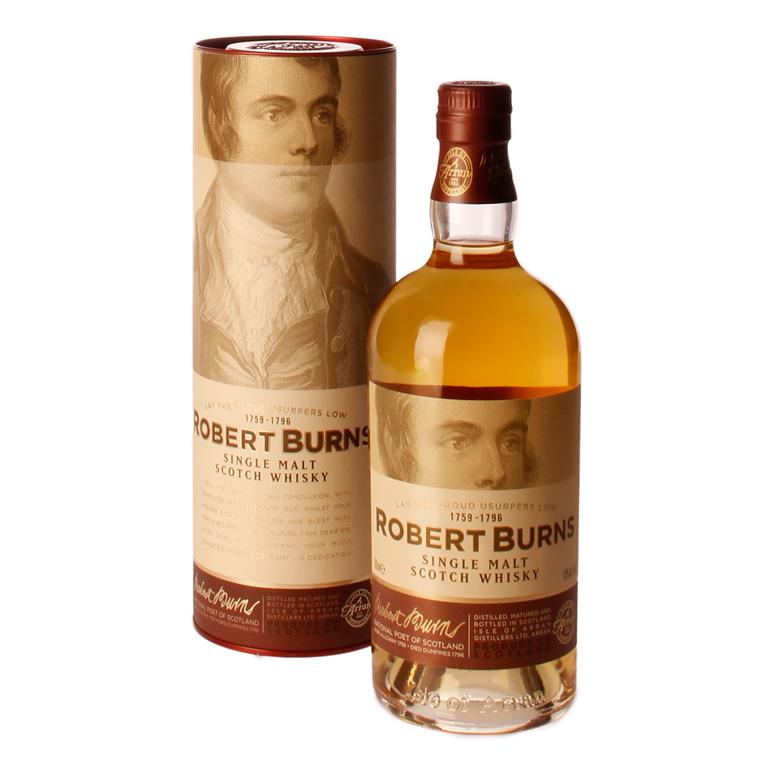
Arran Robert Burns Single Malt Scotch Whisky, image credit: beowein.com
This single malt has notes of honey, apple peels, some blossom and vanilla spice, custard and warm pastry, more pear balanced with citrus.
Warming and delicious, we spend a few days exploring and relaxing on the island before we take the long road to the next Scottish region – Campbeltown.


